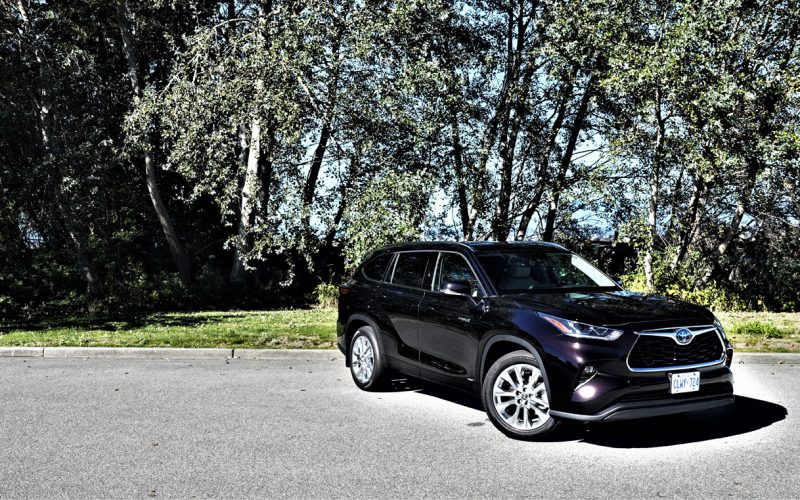
Reading Time: 17 minutesIf I loved Toyota’s Highlander Hybrid any more, it would be a Hyundai Palisade hybrid. I
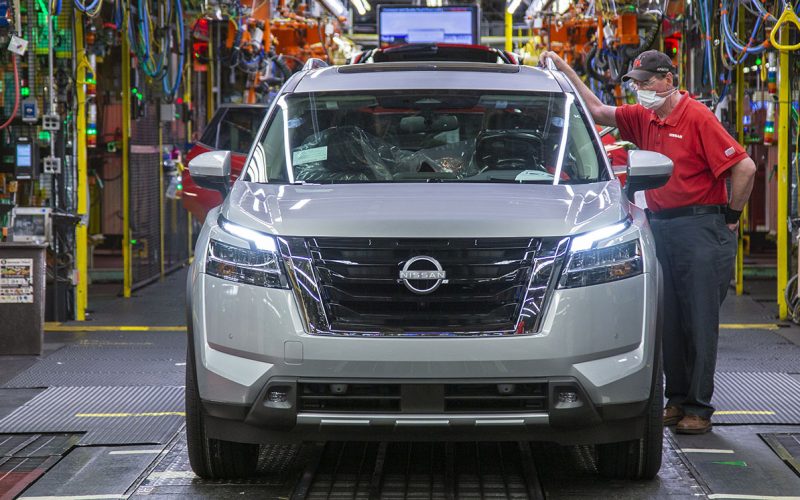
Reading Time: 4 minutesIt’s been nearly a decade since Nissan launched its car-based Pathfinder crossover, representing a risky move
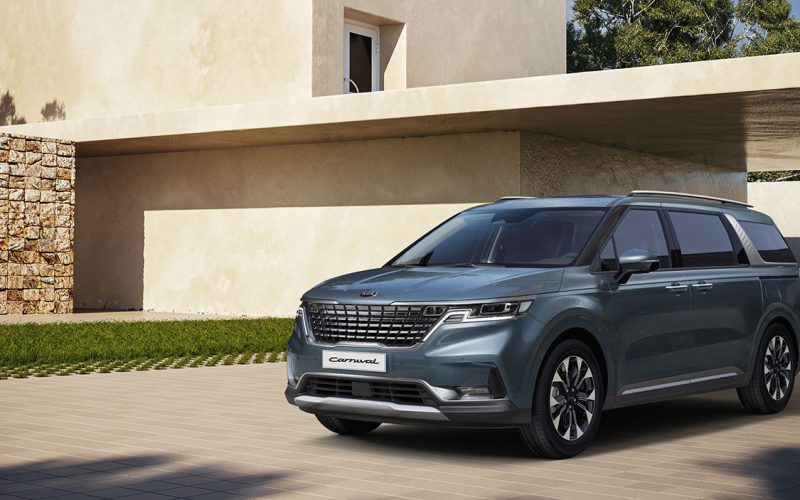
Reading Time: 5 minutesWould you rather ride around in a Carnival or a Sedona? While a Carnival sounds like
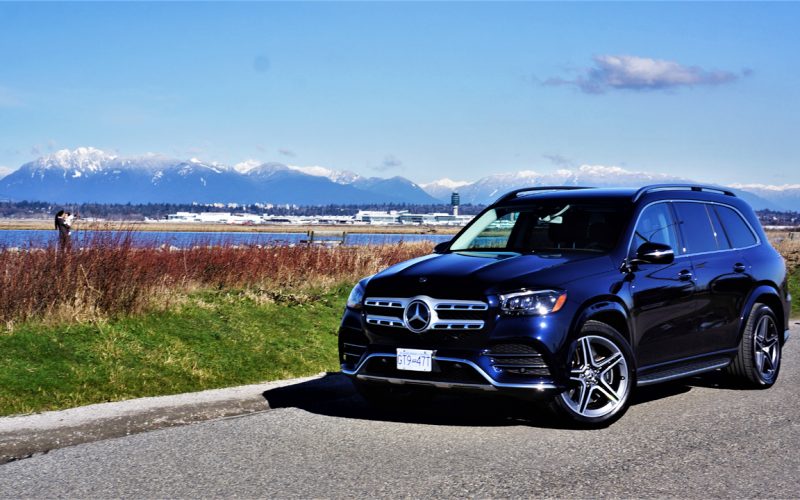
Reading Time: 11 minutesI hate to admit that with each passing year adapting to new things takes more time.
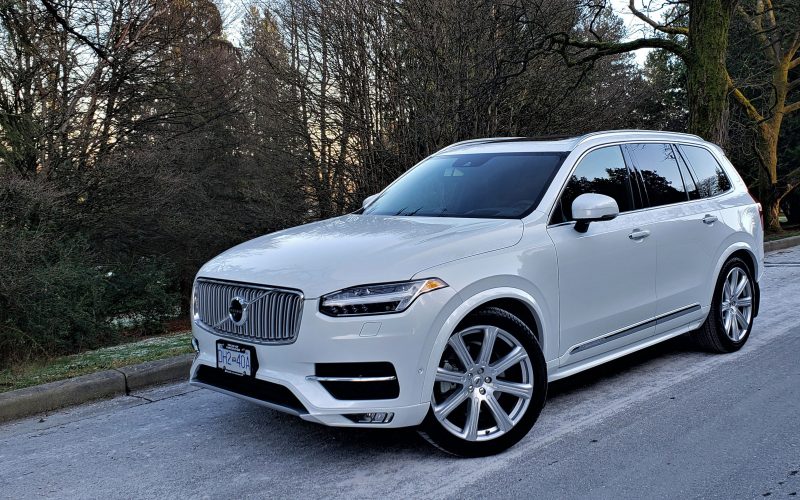
Reading Time: 10 minutesDespite being well into its fourth model year, you’ll have a hard time finding a more
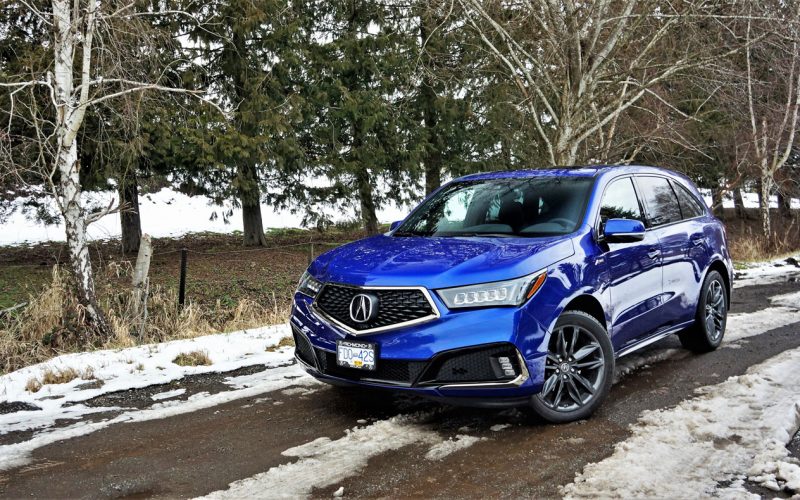
Reading Time: 14 minutesThe fact that you’re reading this means you’re probably fully aware what an Acura MDX is,
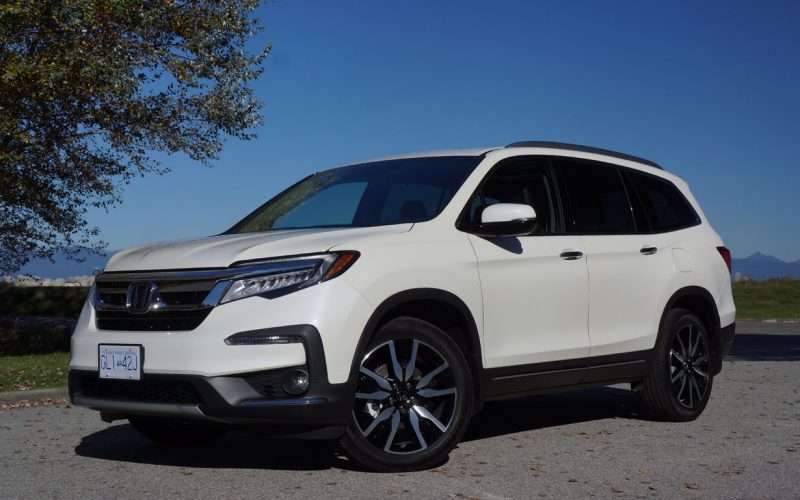
Reading Time: 6 minutesIn our garage this week is the refreshed 2019 Honda Pilot in top-line Touring trim, and
© 2025 The Car Magazine. All Rights Reserved, Privacy Policy | Terms of Use